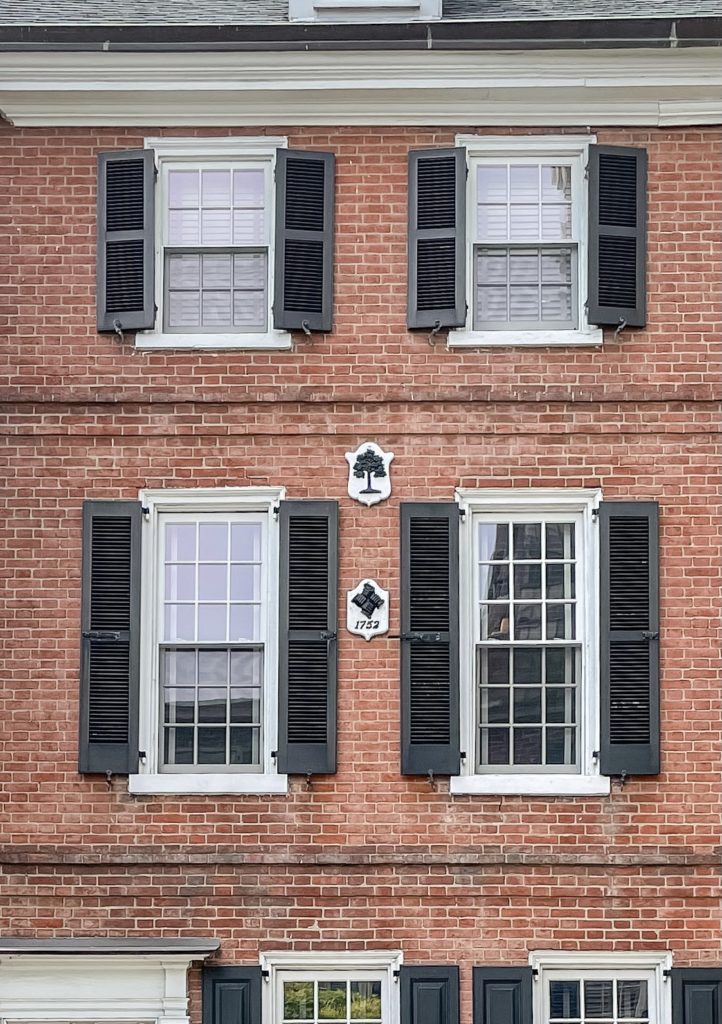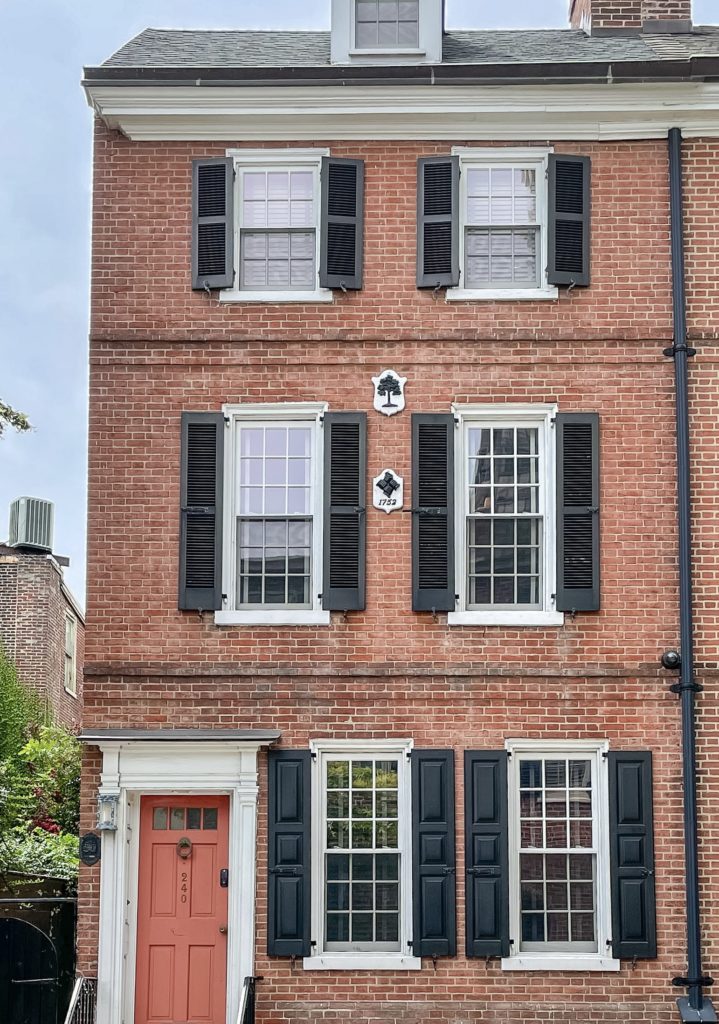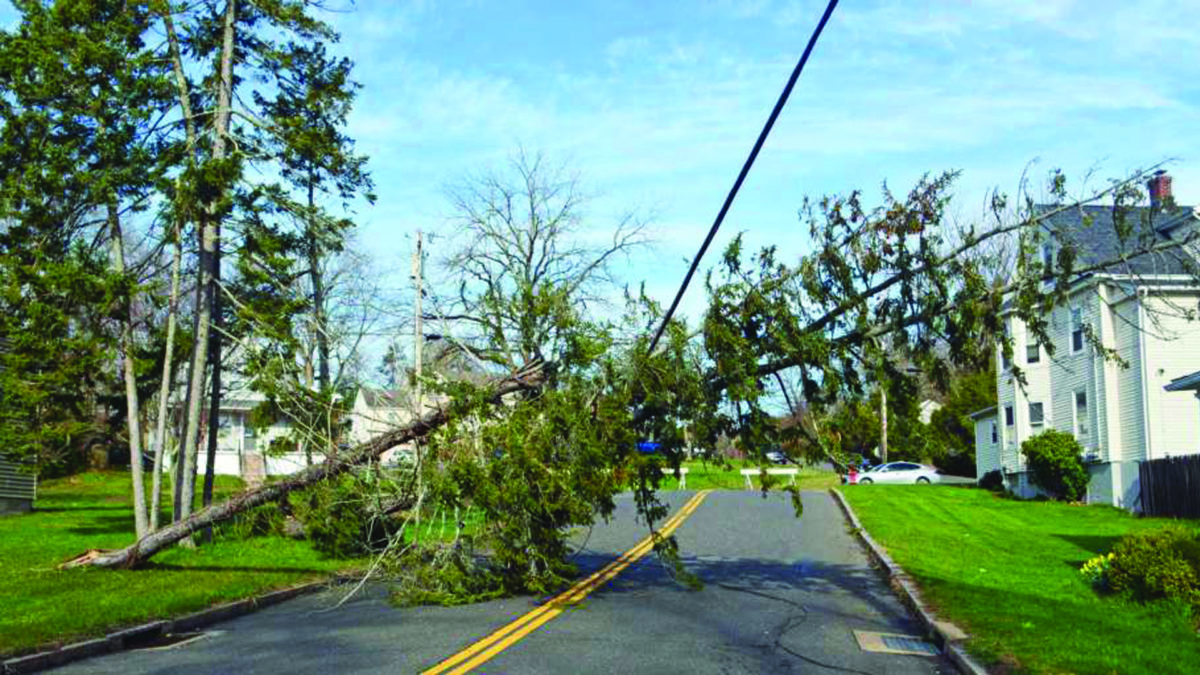TPC History: Fire Marks


Read more about Fire Marks by clicking: https://1752.com/blog/about-us/history/.
Have you ever been walking around the city of Philadelphia and noticed some plaques or markers on the older buildings? Ever been curious what they are and what they represent? Well we got the answers for you! Beginning in the 1750s some American insurance companies issued marks made of wood and metal and later iron or tin to policyholders to signify that their property was insured against fire damage. The fire marks bore the name and/or symbol of the insurer, and some included the customer’s policy number. The company or agent would then affix the mark to the policyholder’s home or business. For owners the mark served as proof of insurance and a deterrent against arson. For insurance companies the mark served as a form of advertising, and alerted volunteer firefighters that the property was insured.*
Philadelphia Contributionship Fire Marks
Philadelphia had a volunteer firefighting system in place when The Philadelphia Contributionship formed so there was no need to “mark” the property for the fire brigade. However, the early directors of The Philadelphia Contributionship recognized that fire marks served multiple purposes. In addition to identifying the property for the company at a time when street numbering systems were uncertain, they may have served to discourage arson, and possibly to encourage other policyholders to pitch in and help fight the fire if they saw a burning building. This was a mutual company, and policyholders shared in profits and losses. In 1755, The Contributionship’s directors required that all policyholders attach fire marks to their properties after fire damaged Edward Shippen’s house.
“The Directors, observing that much of the Damage was done thro’ Indiscretion, which they think might have been prevented had it appeared by the Badge being placed up to Notify that the said House was so immediately under their Care.”
The Contributionship’s first fire marks consisted of four clasped hands mounted on rectangular boards. Over the years different shapes were used, but very quickly the shield became the predominant form. Like the British fire marks, they were originally brightly painted. The shield was painted black and the hands gilded. The policy number was painted as well.
The Contributionship issued fire marks from 1752 until the 1830s and then again in the early 20th century. They are still given to perpetual policyholders today and can be seen on many homes in the Society Hill area. Instead of the policy number, the company’s founding date, 1752, appears below the hands.
Variants of the Contributionship’s fire marks as well as marks of other companies can be seen in the company’s museum, which can be seen by appointment, and in fire museums around the country. The Philadelphia Fireman’s Hall Museum has one of the largest collections, www.firemanshall.org.






